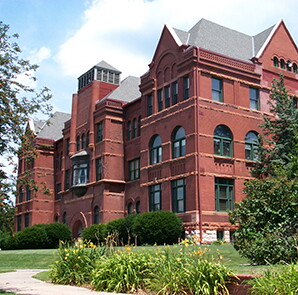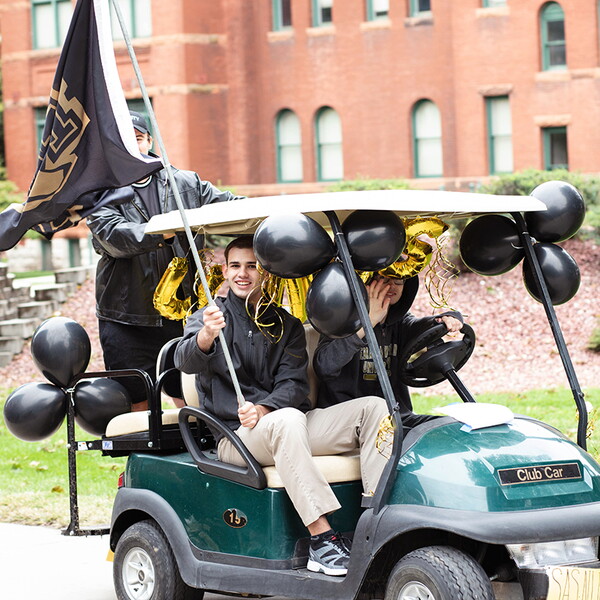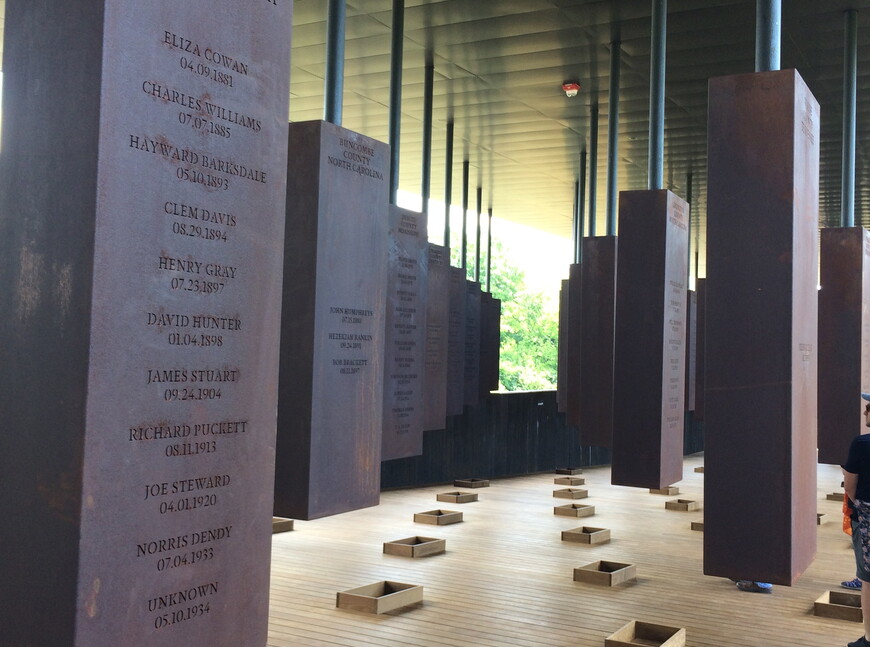When Bryan Stevenson spoke at last fall’s Visions & Ventures Symposium, he ignited passion into many students attending his capacity crowd lecture.
Stevenson, the founder and executive director of the Equal Justice Initiative and author of the best-selling book, “Just Mercy,” has dedicated his career to helping the poor, incarcerated, and the condemned.
His challenge to NWU students was to take action.
"Bryan Stevenson speaking at NWU was one of the most enlightening experiences of my college career," said Natalie Graves, a 2018 graduate from Fort Collins, Colo. "For the first time, I felt deeply connected with someone about the issues that mattered most to me. I was moved by what he had to share and inspired to continue fighting for social justices."
Kelly Clancy, assistant professor of political science, assured students that she would help them take action.
"My students were absolutely captivated by his message of getting proximate and making themselves uncomfortable,” said Clancy. “It was almost like he gave them permission to do something brave."
Just a few months later, Clancy heard from the Equal Justice Initiative about a justice summit that was being held in conjunction with the opening of the National Memorial for Peace and Justice, a six-acre site in Montgomery, Ala., that acknowledges victims of racial terror lynchings.
"When the Equal Justice Initiative emailed us about the justice summit, I knew that I wanted to take students," said Clancy.
Work on the National Memorial for Peace and Justice began in 2010 when Equal Justice Initiative staff began investigating thousands of racial terror lynchings in the American south. Exhibits throughout the site are sculpted to depict heart-wrenching realities that many vulnerable groups endured throughout American history. Varying in modes of portrayal—sculpture, fine art, technology, or a combination—all components of the museum and memorial share the objective to communicate truth and seek justice.
"Looking at jars with names of victims of racial terrorism commemorated in the museum shook me," said Hannah Rittscher, a 2018 graduate from Clearwater, Neb. "Walking in the memorial and seeing the reasons for why a person was lynched left me sick. At times I would catch myself thinking, 'How did this happen?' or 'How did we let this happen?'"
Acclaimed politicians, peacemakers, and advocates alike gathered together for the justice summit, bringing with them the will to inspire and be inspired. Michelle Alexander, Dr. William Barber, and Al Gore made up only a few of the event’s speakers; advocates were plentiful during the event, but their impact in those four days will be everlasting, said the NWU participants.
"The justice summit and visiting the Memorial for Peace and Justice has given me the literacy to understand that from mass enslavement to mass incarceration, black bodies are still experiencing inequalities. Racial terror still exists; it has merely progressed," said Rittscher.
Inspired by their experience in Montgomery, Clancy and the student participants are planning to bring that passion to campus.
In the coming months, the group will explore ways to recognize the victims notrepresented in the museum. Clancy is writing a manuscript on her experience in Montgomery. And each is utilizing some of their passion to encourage peers to play a role in the mission toward justice.
"Our next step, once the school year starts is to be in touch with the Equal Justice initiative to see if we can be part of a community remembrance project and collect soil from Nebraska's lynchings,” said Clancy. “That would give us the chance to work with the broader campus on a project that uncovers more about Nebraska’s role in this history."
—Story by Quinn Hullett, public relations intern.













